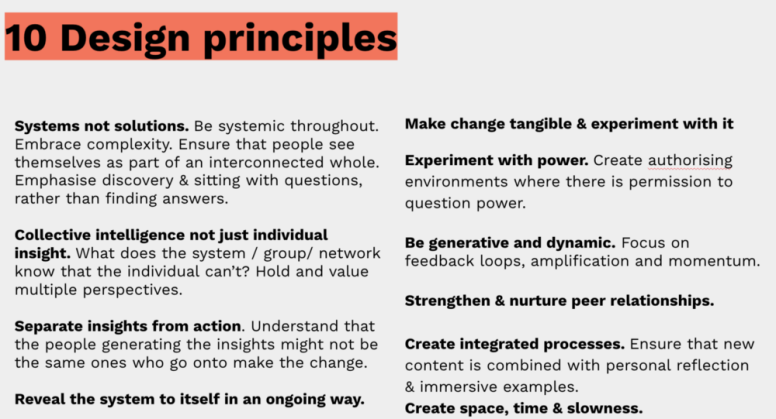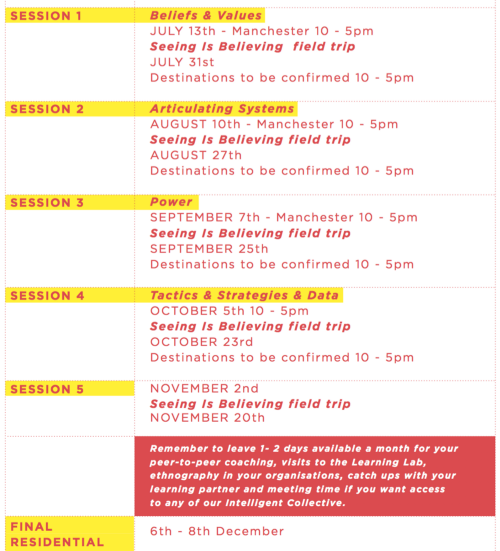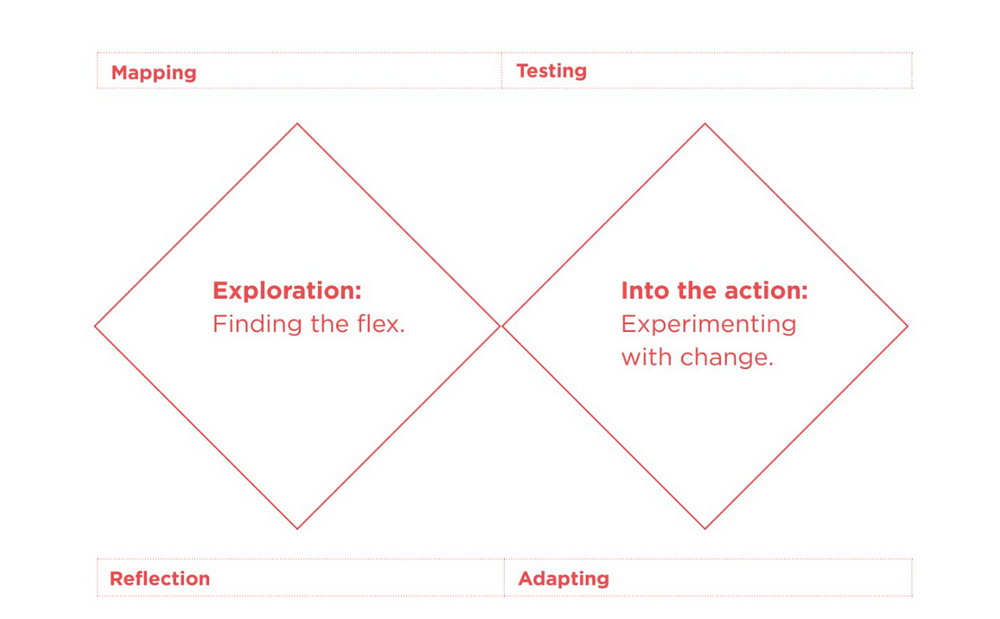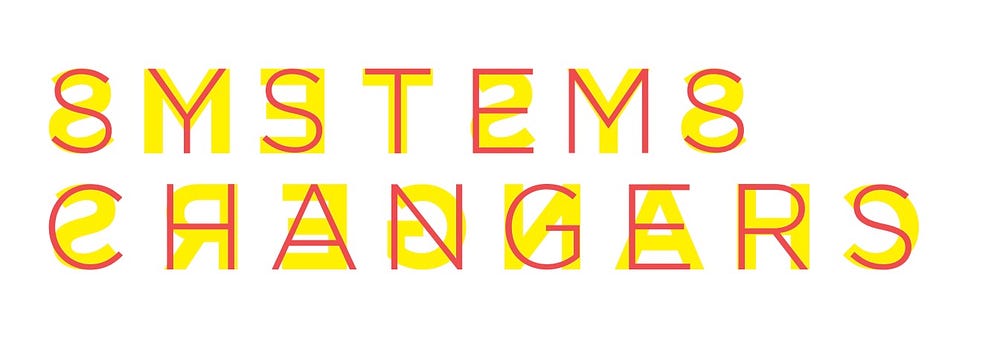Source: A simple (but long)run-through of the Systems Changers programme
A simple (but long)run-through of the Systems Changers programme
We are 5 months in to the Systems Changers programme with the Children’s Society and Lankelly Chase and there will be more posts to come about the learning from that, but as the programme evolves and is adapted for different contexts I thought it might be valuable to write a post that simply lays out the programme in it’s simplest form* — as it was, when we first designed it, back in 2014 (delivered in 2015).
The programme was initially designed for frontline workers working in organisations trying to change the systems that perpetuate severe and multiple disadvantage. It was designed to be a 6 month programme, with 10–12 participants. The ambition was that it could always be used in other contexts — with all the different people working in those systems — from commissioners and policy makers through to middle managers and local citizens.
The premise of the programme was to take & deploy a systemic lens for change by…
- Acknowledging the Sectors that have less power & voice
- Making the invisible, visible
- Building systems’ adaptive capacity
And in 2018 we edited and adapted the design principles.

The programme has always used the three lens’ as shown below — to build a literacy in plural perspectives and holding both the micro and macro view.

The programme has always emphasised the middle space visualised below. It has some aspects of a personal development programme, but that is not what it is. In the same way it isn’t an incubator or accelerator programme fixated on solutions. In fact we always said that if people left their jobs after taking part in the programme, we had failed. The programme is about surfacing, nourishing and directing the wisdom (insights) from the frontline to influence change. It was always a challenge to hold this space — people on the frontline like springing in to action and are great “do-er’s” and problem solvers.

And the focus was always on the collective insights (intelligence and wisdom) of the group as much as on each frontline workers individual journey and experience. What does the collective know that the individual can’t? How can a collective sense-making across a system be useful in generating new insights? It’s why the programme was originally designed to be made up of people working in different places and parts of the system.
The programme broadly follows the stages below, although it is not linear — the mapping, testing, reflecting and adapting are all continuous.


The participants were asked to do maps of the systems in which they work,
Continues in source: A simple (but long)run-through of the Systems Changers programme
